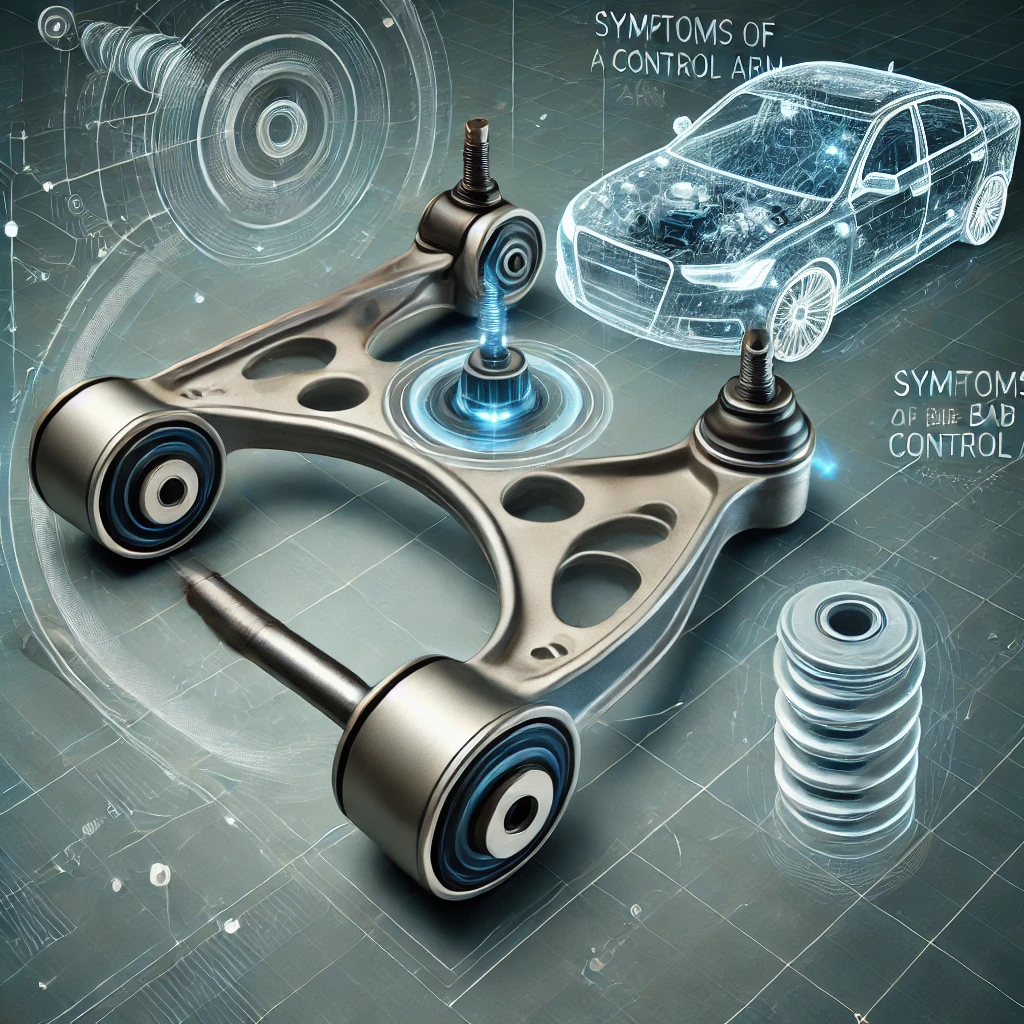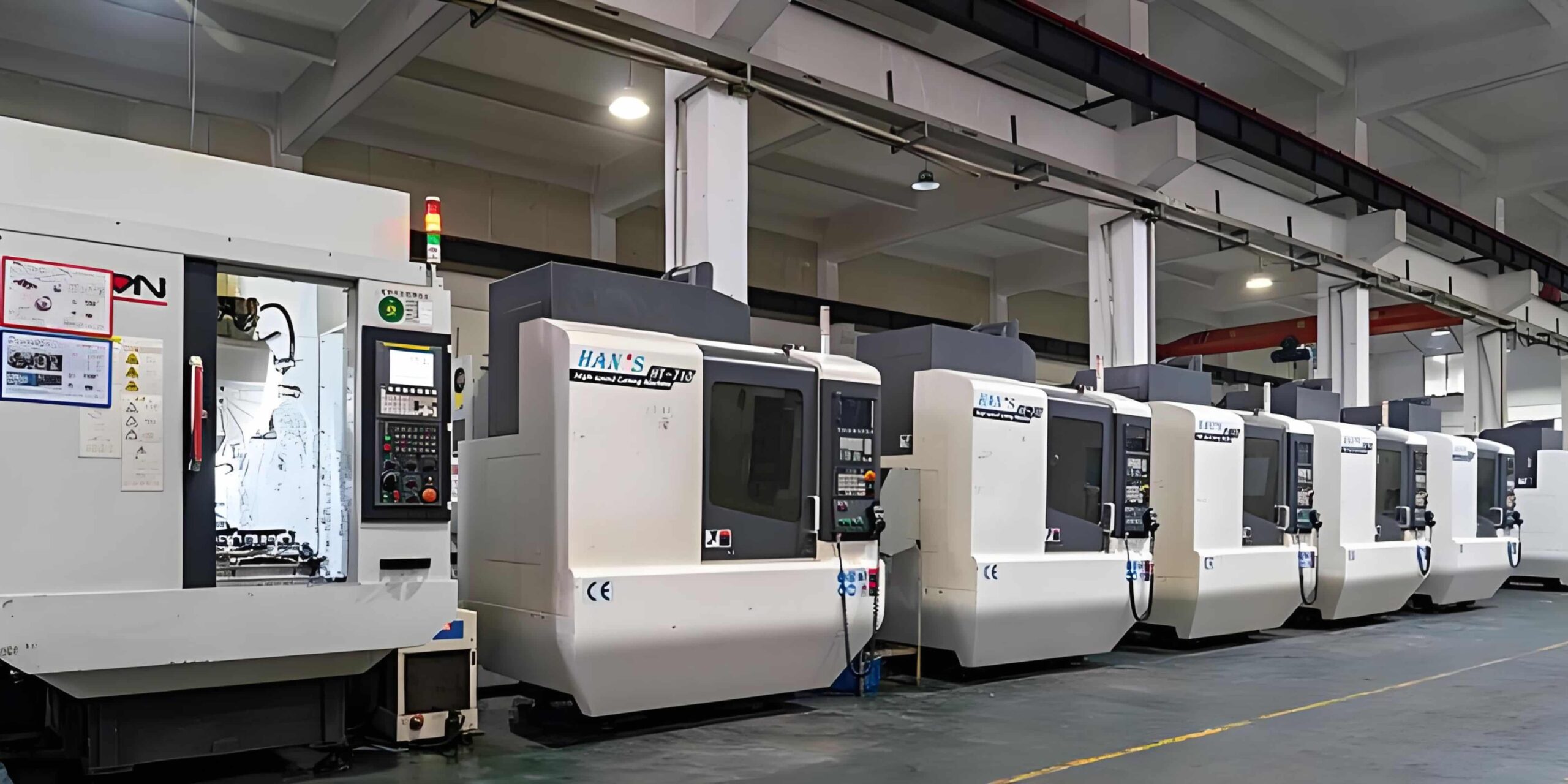Meta Description: Learn the 7 key symptoms of a bad control arm. Help customers identify issues and boost your sales with expert advice on control arm replacements.
Why Recognizing Bad Control Arm Symptoms is Vital for Distributors
For control arm distributors, understanding the symptoms of a failing control arm is critical to offering top-tier service and boosting sales. By diagnosing issues like steering instability, unusual noises, or misaligned wheels, you can provide valuable solutions to customers, building trust and increasing sales opportunities.

Steering Instability: Vehicle Pulling to One Side
A common sign of a bad control arm is when a vehicle pulls to one side. This happens due to misalignment caused by worn control arms, which compromise the suspension system’s geometry. Distributors can educate customers about the safety risks of ignoring this issue and recommend high-quality upper and lower control arm replacements to restore proper handling.
Strange Noises: Clunking, Knocking, or Popping
Worn bushings or ball joints in the control arm often lead to clunking or popping noises, especially during turns or while driving on uneven roads. Highlighting these symptoms helps distributors position timely replacements as a solution, emphasizing the importance of addressing these noises before they cause further damage to the vehicle.
Uneven Tire Wear
Control arm damage often leads to uneven tire wear, especially on the inner or outer edges. Misaligned suspension causes this wear pattern, reducing tire lifespan. Distributors can educate customers on this connection and suggest pairing control arm replacements with alignment services to maximize their value.
Poor Handling and Excessive Vibration
A damaged control arm can result in poor handling and noticeable vibrations in the steering wheel or floorboards. This affects vehicle stability and ride comfort. By explaining how control arm replacements can restore a smooth driving experience, distributors can encourage customers to prioritize timely repairs.

Steering Wheel Misalignment
When a bad control arm impacts suspension geometry, the steering wheel may appear off-center, even when driving straight. Customers experiencing steering precision issues are more likely to seek upper or lower control arm replacements if distributors explain how these parts affect alignment.
Squeaking or Grinding Noises from Suspension
When control arm bushings wear out, squeaking or grinding noises are common. Addressing these noises promptly can prevent more significant suspension issues. Distributors can use this symptom to promote control arm replacements and related products, ensuring customer vehicles operate smoothly.
Severe Damage: Loss of Vehicle Control
In rare cases, a completely failed control arm can cause loss of vehicle control. The wheel may collapse, leading to steering failure. Distributors should emphasize the importance of proactive replacements to prevent such dangerous outcomes, showcasing their expertise and encouraging trust in their products.
Boost Sales by Recognizing Symptoms of a Bad Control Arm
By understanding these 7 symptoms, control arm distributors can position themselves as trusted experts in automotive suspension solutions. Stocking high-quality parts, offering expert advice, and educating customers about these issues not only improves customer satisfaction but also drives sales growth. Keep your inventory ready and focus on providing informed guidance to establish long-term relationships with your customers.



